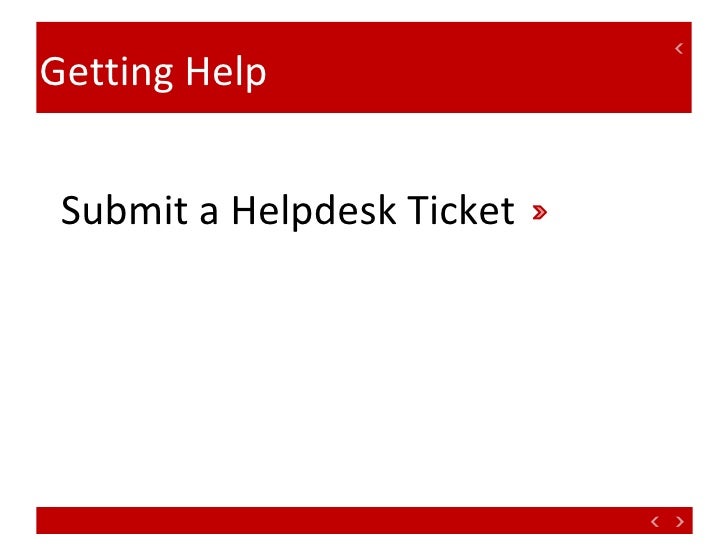Follow the directions in the orientation. At the end, the following window will pop-up. Click Print Certificate if you need to print, save, or email your Certificate of Completion.
- Enter your name in the Name box.
- Click on Create Certificate.
- A PDF of your certificate will open. Then, you can save or print it.
How do I access the e-learning orientation in Blackboard?
Sep 19, 2019 · This is helpful if your department or instructor requires the orientation. Certificate of Completion a. To print or save the Certificate of Completion: Enter your name in the Name box. Click on Create Certificate. A PDF of your certificate will open. Then, you can save or print it. b. To email Proof of Completion: Enter your name in the Name box. Click the Send Email checkbox. …
How do I access my e-learning certificate?
Apr 28, 2021 · Instructors can reward students on their Blackboard courses with achievements in … receive the badge or certificate when they have fulfilled certain criteria that the instructor has set, … If you plan to use badges and achievements it’s a good idea to have a special menu item that will allow students to see all the badges and …
When do I need to complete online learning orientation?
May 25, 2021 · Blackboard Student Orientation Certificate Of Completion Spring 2018. May 25, 2021 by Admin. ... Online can be accessed through your Campus Technology course in Blackboard. … remember to print your certificate of completion and save it for your records. … Spring 2021 New Students have until March 19, 2021 to complete New …

How to get a certificate for a website?
The simplest way to obtain a certificate for use with a web site is through a vendor known as a Certifying Authority (CA). You're responsible for working with a widely accepted vendor to purchase a certificate. Blackboard doesn't assist with purchase or renewal of your certificate.
How long is a certificate good for?
Certificates created in this way are usually registered and good for one year. After one year the certificate will no longer work and a new certificate must be obtained. To remain secure, Blackboard recommends certificates with RSA key sizes at least 2048 bits in length.
What is the purpose of a session key?
The server responds that it will also use the session key. After each side confirms, the session keys are used to encrypt and decrypt communications during the session.
What is TLS offloading?
TLS offloading relieves the Blackboard Learn application of the processing burden of encrypting and decrypting traffic sent via TLS. Offloading TLS is accomplished by connecting the TLS terminating system to the Learn application 8081 port and passing the required X-FORWARDED-FOR and X-FORWARDED-PROTO HTTPS header elements. For more information on TLS configuration, see the Post Install and Upgrade Tasks Optional - TLS Configuration, Optional - Front Learn with a Webserver, or Optional - Set Up Load Balancing for Multiple Application Servers.
How many bits are required for RSA?
As per the National Institute of Standards and Technology (NIST) guidelines for Key Management ( SP 800-57 ), Table 4 for recommended algorithms and minimum key sizes, certificates with RSA key sizes at or under 1024 bits are no longer considered secured and a minimum 2048 bits is considered secure through 2030.
How does TLS work?
TLS works through public key encryption. Transmissions are decrypted and encrypted using certificates. The steps below outline the process for establishing a connection over TLS: 1 Client contacts the server with a list of encryption methods. 2 The Server returns its certificate and a public key. These initial communications are scrambled with random data. 3 Client validates the certificate. 4 Client creates a secret string using an encryption method recognized by both the client and the server. The string is combined with the server's public key and sent back to the server. 5 Both the client and server create session keys based on the secret string. 6 The client sends a message to the server that it will now use the session key to encrypt and decrypt communications. 7 The server responds that it will also use the session key. 8 After each side confirms, the session keys are used to encrypt and decrypt communications during the session.

Popular Posts:
- 1. blackboard costal piunes
- 2. redis cache in blackboard
- 3. blackboard ppt background
- 4. blackboard messaging
- 5. how to do drop tests in blackboard
- 6. batch edit visibility blackboard
- 7. blackboard how to edit a test
- 8. how to upload college assignments blackboard
- 9. emily cooke blackboard linkedin
- 10. why cant i click in boxes on blackboard